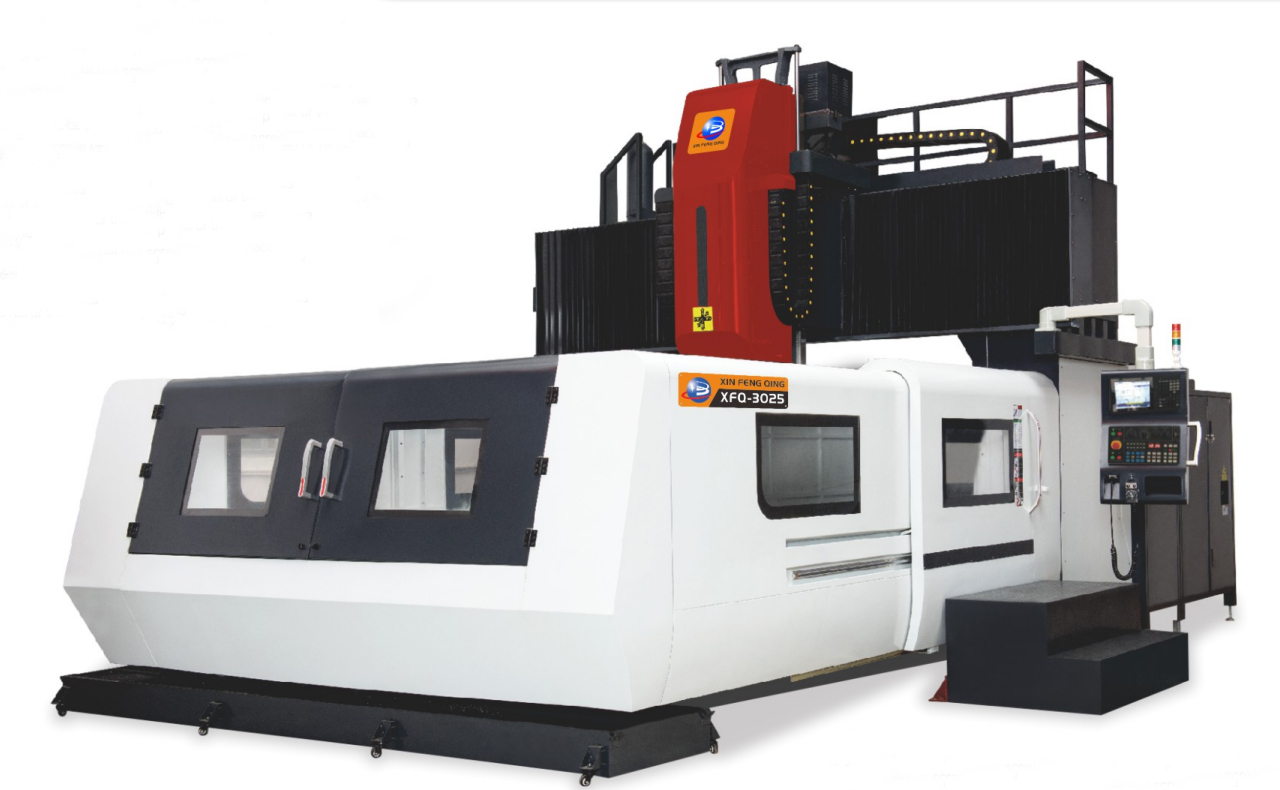In the realm of electronics, integrated circuits (ICs) play a pivotal role in powering our modern world. Among the various types of ICs, analog and digital integrated circuits stand out as fundamental building blocks. Understanding the differences between these two types is crucial for engineers and enthusiasts alike. In this blog post, we will delve into the intricacies of analog and digital integrated circuits, exploring their unique characteristics, applications, and the underlying technologies that set them apart.
- Defining Analog and Digital Integrated Circuits:
Analog Integrated Circuits (ICs):
Analog ICs are designed to process continuous signals, representing real-world phenomena such as sound, temperature, or pressure. These circuits manipulate signals that vary smoothly and infinitely over time, providing accurate representations of the original input. Analog ICs excel in tasks requiring precise measurements, amplification, filtering, and modulation.
Digital Integrated Circuits (ICs):
Digital ICs, on the other hand, process discrete signals that represent information in binary form (0s and 1s). These circuits operate using logic gates, enabling the manipulation and processing of digital data. Digital ICs are renowned for their ability to perform complex calculations, execute algorithms, store and transmit data, and provide robustness against noise and interference.
- Technological Differences:
Analog ICs:
Analog ICs rely on continuous voltage and current levels, utilizing components such as resistors, capacitors, and transistors to process signals. They employ various techniques like amplification, filtering, and modulation to accurately represent and manipulate continuous signals. Analog ICs are typically more susceptible to noise and require careful design considerations to maintain signal integrity.
Digital ICs:
Digital ICs, in contrast, employ binary logic to process and manipulate discrete signals. They utilize transistors as switches, where a low voltage represents 0, and a high voltage represents 1. Digital ICs leverage Boolean algebra and logic gates to perform operations on binary data, enabling complex computations and precise control. The discrete nature of digital signals provides inherent noise immunity, making them suitable for high-speed data processing and transmission.
- Applications and Advantages:
Analog ICs:
Analog ICs find extensive use in applications such as audio and video processing, sensor interfaces, power management, and communication systems. Their ability to accurately process continuous signals allows for faithful reproduction of sound, precise measurement of physical quantities, and efficient power regulation. Analog ICs excel in applications where real-world signals need to be faithfully represented and manipulated.
Digital ICs:
Digital ICs dominate the landscape of computing, telecommunications, and information processing. They power microprocessors, memory chips, digital signal processors, and communication systems. Digital ICs offer advantages such as high-speed processing, error correction capabilities, scalability, and ease of integration. They enable the creation of complex digital systems, ranging from smartphones and computers to advanced control systems and artificial intelligence.
- Hybrid Integrated Circuits:
In some cases, analog and digital ICs are combined to form hybrid integrated circuits. These hybrids leverage the strengths of both types, allowing for seamless integration of analog and digital functionalities. Hybrid ICs are commonly used in applications like data converters, mixed-signal processing, and wireless communication systems, where the accurate conversion between analog and digital signals is crucial.
Conclusion:
Analog and digital integrated circuits represent two distinct realms within the vast field of electronics. While analog ICs excel in faithfully representing continuous signals, digital ICs process discrete signals with precision and speed. Understanding the differences between these two types is essential for designing efficient and reliable electronic systems. By harnessing the unique capabilities of analog and digital ICs, engineers can unlock a world of possibilities, shaping the future of technology.





+ There are no comments
Add yours